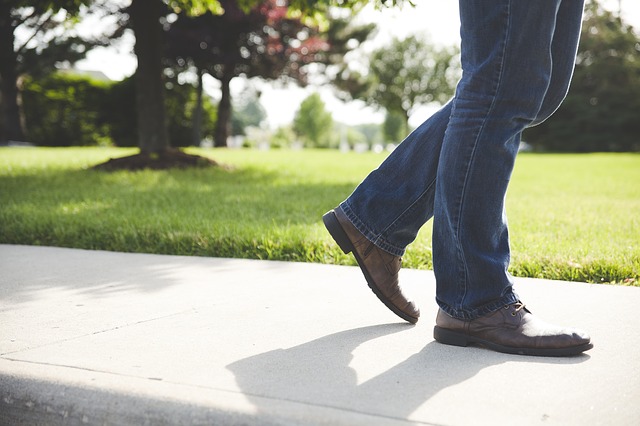There are a variety of causes for different types of calf muscle pain, and it’s important to be able to tell them apart.
When you have a sudden onset of pain during activity or while working out then you may have experienced a calf muscle strain or a pull. Basically what happens is that a part of the muscle is pulled past its range which can create tears in the muscle, or worst case tear all the way through. Generally when your calf is injured it will be hard to stand on the toes.
A grade 1 calf strain requires about two weeks of recovery for the micro tears that have occurred in the muscle. A grade 2 calf strain is partial tearing of muscles fibers and it takes 5 to 8 weeks to reach a full recovery. A grade 3 calf strain is when there is complete tearing or rupturing of the muscle. Recovering from that can take 3 to 4 months and sometimes will even require surgery.
If you have strained your calf muscle, resting will be in order. The first thing that you should do is wrap the calf to prevent blood from pooling into your foot, and then keep the foot elevated for the first 24 hours to prevent it from swelling. For any pain, taking some anti inflammatory medicine can help take the edge off. You could consider using CBD for this, as it has anti inflammatory properties that will help with the pain and swelling. CBD gummies are the most popular product to purchase, although you can make your own – you can find out how to make cbd gummies here.
During the healing process the muscle will heal and reattach to the tendon, which is why it’s extremely important to give the body proper rest to recover. Depending on the severity of the injury sometimes the calf muscle can be slightly shorter than before. To get the best rehab possible you should see a doctor, but there are plenty of things that you can do yourself.
When the calf muscle is healing it can be helpful to foam roll the area to increase blood flow and reduce any scar tissue from forming. Stretching the calf muscle is also really important to the healing process to help get your range of motion back. (Of course stretching should not be done until the acute pain is gone, otherwise you risk injuring yourself even more.) The beginning stretching moves should be movements like pointing your toes towards the leg and trying to hold them there with the calf muscle engaged. As you get stronger you can move on to using a hook or band as resistance to pull the calf muscle forward with the movement of your foot. Once you’re fully recovered it can be helpful to strengthen the achilles tendon which can help to prevent lower leg injuries in the future.
Calf cramps can occur for a variety of reasons and can be quite painful but are not the same as an injury. Calf cramps can get so bad however that they create a bruise in some cases. It’s an involuntary pull of the muscle which is evident when it is occurring, because it feels quite weird.

Reading about injured muscles makes me cringe
There is nothing like charlie horse in the middle of the night to show you real pain